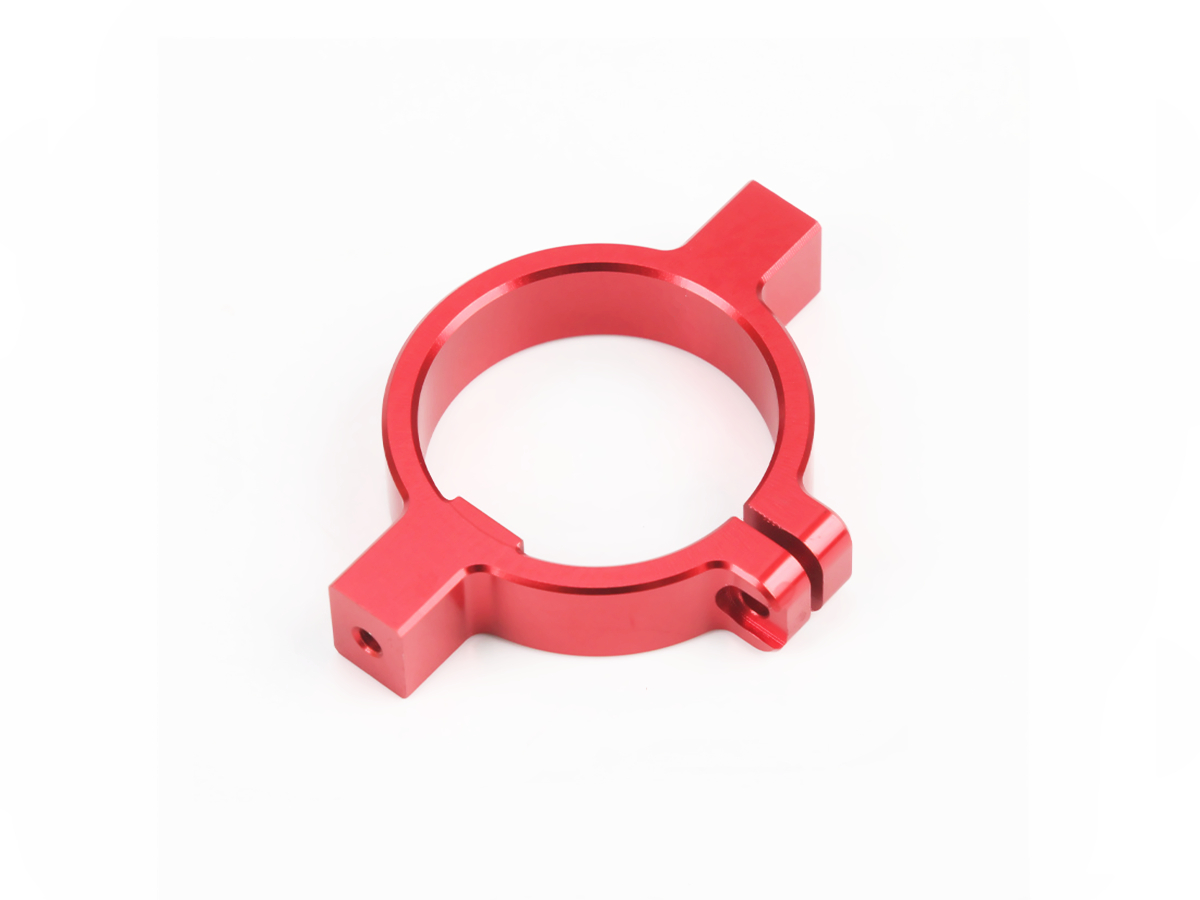High-Precision CNC Machining for Functional and Aesthetic Consumer Products
Introduction to CNC Machined Consumer Product Components
Consumer products require exceptional functionality and superior aesthetics to appeal to end users. High-precision CNC machining is crucial for manufacturing components such as smartphone frames, wearable devices, home appliance housings, luxury watch parts, audio equipment casings, and custom accessories. Popular materials include aluminum alloys (6061, 7075), stainless steel (SUS304), brass, copper alloys, and engineering plastics (ABS, PC), chosen for their machinability, durability, attractive finishes, corrosion resistance, and overall consumer appeal.
Utilizing professional CNC machining services, manufacturers achieve exceptional dimensional accuracy and surface quality, ensuring both functional performance and attractive designs.
Material Performance Comparison for Consumer Products
Material | Tensile Strength (MPa) | Yield Strength (MPa) | Machinability | Corrosion Resistance (ASTM B117) | Typical Applications | Advantages |
|---|---|---|---|---|---|---|
310-345 | 276 | Excellent | Excellent (>800 hrs) | Smartphone frames, wearable devices | Lightweight, excellent anodizing results | |
515-620 | 205-310 | Good | Excellent (>1000 hrs) | Watch cases, luxury accessories | High strength, premium aesthetic | |
400-550 | 150-300 | Excellent | Good (>500 hrs) | Decorative fittings, audio equipment knobs | Attractive finish, good machinability | |
40-50 | N/A | Excellent | Good (chemically inert) | Appliance housings, electronic casings | Cost-effective, versatile aesthetic finishes |
Material Selection Strategy for CNC Machined Consumer Components
Choosing suitable materials ensures product functionality, visual appeal, and long-term durability:
Aluminum 6061-T6 is optimal for lightweight consumer electronics and wearable devices due to its excellent machinability, strength-to-weight ratio, and superior anodizing qualities, achieving a premium aesthetic finish.
Stainless Steel SUS304 provides a high-end aesthetic, exceptional durability, and corrosion resistance, ideal for luxury products such as watch casings, jewelry, and premium accessories.
Brass C360 offers superior machinability and an attractive, luxurious appearance, perfect for decorative components, audio equipment knobs, and high-end accessories.
ABS Plastic is favored for consumer appliances and electronic device housings due to its excellent machinability, affordability, and versatile aesthetic finish options.
CNC Machining Processes for Consumer Product Components
CNC Machining Process | Dimensional Accuracy (mm) | Surface Roughness (Ra μm) | Typical Applications | Key Advantages |
|---|---|---|---|---|
±0.005 | 0.2-0.8 | Complex product housings, intricate designs | Complex geometry, exceptional precision | |
±0.005-0.01 | 0.4-1.2 | Cylindrical components, knobs, fittings | Accurate rotational geometry | |
±0.002-0.005 | 0.1-0.4 | Luxury product finishes, precision details | Superior surface finishes | |
±0.01-0.02 | 0.8-1.6 | Assembly holes, connectors | Precise hole alignment |
CNC Process Selection Strategy for Consumer Products
Selecting the right CNC processes ensures both precision in functionality and excellence in appearance:
5-Axis CNC Milling enables precise and intricate product designs (±0.005 mm), ideal for consumer electronics and luxury product components requiring complex shapes and detailed aesthetic features.
CNC Turning provides precision rotational accuracy (±0.005 mm), perfect for cylindrical components like decorative knobs, fittings, and connectors.
CNC Grinding achieves ultra-fine surface finishes (Ra ≤0.4 µm), essential for premium consumer products such as luxury watch parts and decorative elements requiring flawless aesthetics.
CNC Drilling guarantees accurate and consistent hole placements (±0.01 mm), critical for precise assembly and functional alignment in consumer goods.
Surface Treatment Performance Comparison for Consumer Components
Treatment Method | Surface Roughness (Ra μm) | Corrosion Resistance (ASTM B117) | Surface Hardness | Typical Applications | Key Features |
|---|---|---|---|---|---|
0.4-1.0 | Excellent (>1000 hrs) | HV 400-600 | Aluminum electronics casings | Durable, aesthetic finish | |
0.1-0.4 | Superior (>1000 hrs) | N/A | Stainless steel watch parts | Smooth, mirror-like finish | |
0.5-1.5 | Excellent (>800 hrs) | Good impact resistance | Appliance housings, electronic devices | Durable color finishes | |
0.1-0.3 | Outstanding (>1500 hrs) | HV 1500-2500 | High-end decorative fittings | High hardness, luxurious aesthetic |
Surface Treatment Selection for Consumer Products
Selecting appropriate surface treatments ensures enhanced aesthetics, durability, and customer appeal:
Anodizing creates corrosion-resistant and decorative oxide finishes (HV 400-600) suitable for aluminum consumer electronics requiring durable and visually appealing surfaces.
Electropolishing provides a superior mirror-like finish (Ra ≤0.4 µm), ideal for luxury stainless steel items such as watch cases and premium accessories.
Powder Coating offers durable, colorful, and consistent finishes (>800 hrs ASTM B117), suitable for consumer appliances, electronic device casings, and other aesthetic-focused products.
PVD Coating delivers outstanding wear resistance and attractive metallic colors (HV 1500-2500), which are excellent for luxury products needing both durability and aesthetic excellence.
Typical Prototyping Methods for Consumer Product Components
CNC Machining Prototyping: Precise prototypes (±0.005 mm accuracy) ideal for functional testing and market feedback.
Rapid Molding Prototyping: Enables realistic functional prototypes for consumer evaluations.
Plastic 3D Printing: Rapid, cost-effective prototyping (±0.1 mm accuracy) for iterative design improvements.
Quality Assurance Procedures
CMM Inspection (ISO 10360-2 certified): Ensures strict dimensional tolerances within ±0.005 mm.
Surface Roughness Testing (ISO 4287): Confirms aesthetic and functional surfaces with precise Ra values between 0.1-1.6 µm, matching consumer expectations.
Corrosion Resistance Testing (ASTM B117 Salt Spray Test): Validates components can withstand corrosion resistance standards of 800 to 1500 hours.
Visual and Cosmetic Inspection (ISO 2859-1 AQL 1.0): Guarantees defect-free, aesthetically consistent components through rigorous sampling methods.
ISO 9001:2015 Certified Quality Documentation: Ensures product traceability, compliance, and meticulous record-keeping throughout manufacturing.
Related FAQs:
Why use CNC machining for consumer products?
Which materials are best for aesthetic consumer components?
How do surface treatments enhance consumer products?
Why prototype consumer products?
What quality standards apply to consumer product CNC machining?

